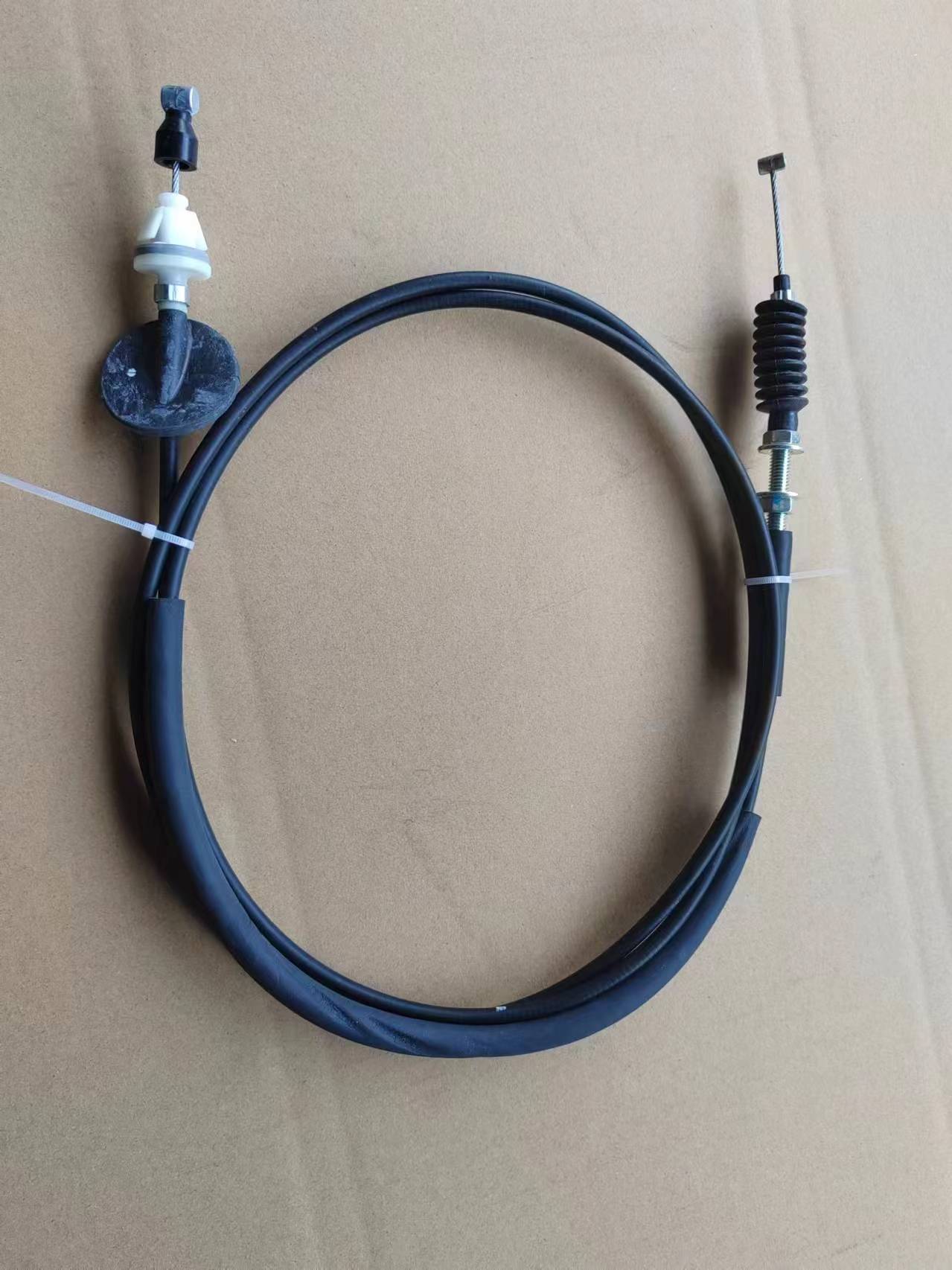Optimizing Clutch Hydraulic Hoses for Enhanced Performance and Durability in Automotive Applications
Understanding Clutch Hose Pipes Essential Components for Vehicle Performance
In the intricate world of automotive engineering, many components play pivotal roles in ensuring vehicles operate smoothly and efficiently. One such component, often overlooked by many car owners, is the clutch hose pipe. This vital part of the vehicle’s clutch system is essential for transferring hydraulic fluid, enabling the driver to engage and disengage the clutch effectively.
What is a Clutch Hose Pipe?
A clutch hose pipe is a flexible tube that connects the clutch master cylinder to the clutch slave cylinder. Its primary function is to convey hydraulic fluid when the driver depresses the clutch pedal. This action creates pressure in the system, allowing the clutch to disengage from the engine and enable smooth gear shifts. The design of clutch hose pipes is crucial; they must withstand the high pressures and temperatures typical of hydraulic systems while maintaining flexibility to accommodate engine movements.
The Importance of Clutch Hose Pipes
The efficient functioning of a vehicle's clutch system relies heavily on the integrity and functionality of the clutch hose pipe. If the hose becomes damaged or develops leaks, it can lead to a loss of hydraulic pressure. This situation can cause a variety of symptoms, including difficulty in shifting gears, a spongy or unresponsive clutch pedal, or complete clutch failure. Consequently, the performance of the vehicle is compromised, which can lead to unsafe driving conditions.
clutch hose pipe

Moreover, a functioning clutch hose pipe contributes to the overall longevity of a vehicle’s clutch system. Regular inspection and maintenance of this component can prevent expensive repairs down the line. Over time, clutch hose pipes can suffer from wear and tear due to exposure to heat, chemicals, and physical abrasion, making it imperative for vehicle owners to be vigilant about these parts.
Choosing the Right Clutch Hose Pipe
When it comes to replacing a clutch hose pipe, it is crucial to select a high-quality product that meets the manufacturer’s specifications. Poor-quality hoses can lead to premature failure, which could jeopardize the performance of the clutch system. Automotive repair shops and dealerships typically offer OEM (Original Equipment Manufacturer) parts, which are designed specifically for the vehicles they service. Alternatively, there are aftermarket options available, but it's essential to ensure that these parts meet industry standards and are compatible with the vehicle's system.
In addition to choosing the right hose, the installation process is equally important. It’s advisable to seek professional assistance for installation, as improper fitting can lead to further complications. Technicians are trained to handle the sensitive nature of hydraulic systems and can ensure that everything is installed correctly and securely.
Conclusion
In the grand scheme of automotive maintenance and repairs, the clutch hose pipe may seem like a small component, but its significance cannot be overstated. It plays a critical role in the proper functioning of the clutch system, contributing to safe and efficient vehicle operation. Car owners should prioritize the inspection and maintenance of their clutch hose pipes to ensure smooth gear transitions and avoid potentially dangerous mechanical failures. By understanding the role and importance of this component, drivers can better appreciate the complexities of their vehicles and remain committed to their upkeep.
-
Upgrade Your Control with Premium Throttle CablesNewsAug.08,2025
-
Stay in Control with Premium Hand Brake CablesNewsAug.08,2025
-
Experience Unmatched Performance with Our Clutch HosesNewsAug.08,2025
-
Ensure Safety and Reliability with Premium Handbrake CablesNewsAug.08,2025
-
Enhance Your Vehicle with High-Performance Clutch LinesNewsAug.08,2025
-
Elevate Your Ride with Premium Gear CablesNewsAug.08,2025
